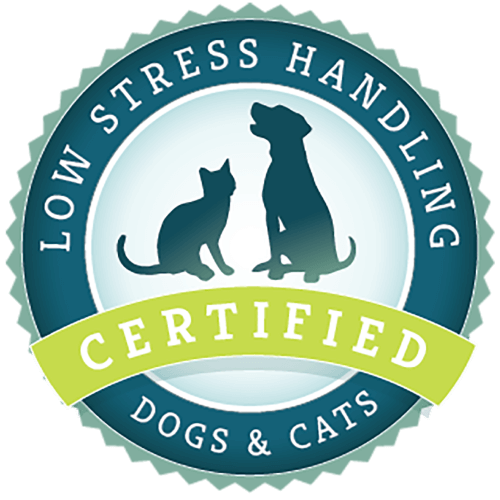What article are you looking for?
Category: Veterinary Professional
Exotic Animal Handling: Bearded Dragons
Floyd, a 3-year-old bearded dragon, needs a health checkup. But how can we give him one in a way that minimizes stress and keeps him safe? Dr. Yin introduces her colleague, Dr. Susan A. Brown, noted exotic animal medical specialist. Dr. Brown demonstrates safe handling with Floyd the Bearded Dragon, covering basic, Low Stress Handling examination techniques. She covers nutritional needs, light requirements, pupil reactions, skin – a whole range of basic health checks that work for many lizards. This 17-minute tutorial is a great beginning look at the care and handling of lizards for animal enthusiasts of all levels.
New DVD: Desensitization and Counterconditioning
NEW DVD! Desensitization and Counterconditioning: Teaching Dogs to Willingly Accept Medical Procedures Dr. Sophia Yin’s passion was helping people understand animal behavior in an effort to bring people and their pets closer. She envisioned her Low Stress Handling techniques becoming the standard of care for anyone who works with animals. Her commitment to helping people communicate with their pets in a positive and scientifically sound way led her to create a suite of Low Stress Handling labs focused on the critical skills required to improve animal training and the experiences they have in medical procedures. This most recent release is the
How to Break Up a Dog Fight Without Getting Bitten
Separating Feuding Fidos If you have a dog and he goes to the dog park, lives with doggie housemates, or otherwise socializes with other dogs, chances are at some point you may need to break up a spat. These may range from low-level altercations with no real contact to a no-bites-spared brawl. So what should you do? First, realize that regardless of the amount of noise, most fights between unfamiliar dogs at the dog park or first fights between housemates are spit and drool matches. When bites are involved during these fights, dogs generally bite and release. So in the
Scruffy’s Cadbury Egg Disaster: A Case for Training Dogs to Sit Politely Instead of Counter-Surfing
For most pet parents, having a dog that’s well trained would be nice but doesn’t seem like a necessity. This is especially true if the dog spends most of his time in familiar places—such as the home, or the yard, or just on short walks in the neighborhood. He may be so used to the scene that he never gets excited enough or distracted enough to be bothersome. It turns out that you can’t count on life being so mundane. One family found this out the expensive way when their Holiday house plan went awry. It was Easter Sunday and
The Case of Finn, the Cat Who’s Afraid of Toenail Trims and the Vet
Intro by Dr. Sophia Yin In 2009, I produced the first and only textbook and DVD on Low Stress Handling of dogs and cats in the hospital or shelter setting. Since then the methods and philosophy have spread around the world. In this article, my colleague in the Netherlands, Dr. Valerie Jonckheer –Sheehy details how she used desensitization and counterconditioning to give a cat a pleasant toenail trim. The techniques used in this case are based on Dr Sophia Yin’s protocol for trimming the nails of an anxious dog. Counterconditioning for Toenail Trim Aggression 15 April 2014 History: The owner reports
Sedating the Killer Cat
A cat comes in to the hospital stressed to kill. What should you do? While cases like this are stressful for these fearful cats, they can cause just as much anxiety in experienced hospital staff as well as clients and other patients exposed to the sound of the loud struggles that ensue. Often we can completely diffuse the situation without even needing to talk the cat down. We can just move into a quiet, comfortable room and use some simple towel-wrap techniques like so. In other cases, in order to provide a thorough examination and the procedures the cat needs,

Low Stress Handling® Silver-Level Certification
Individual Certification at this level demonstrates to clients and employers the individual’s dedicated interest in Low Stress Handling®. Hospital Certification at this level demonstrates to clients and staff the hospital’s commitment to appropriately training staff in Low Stress Handling® methods.
Learn More
